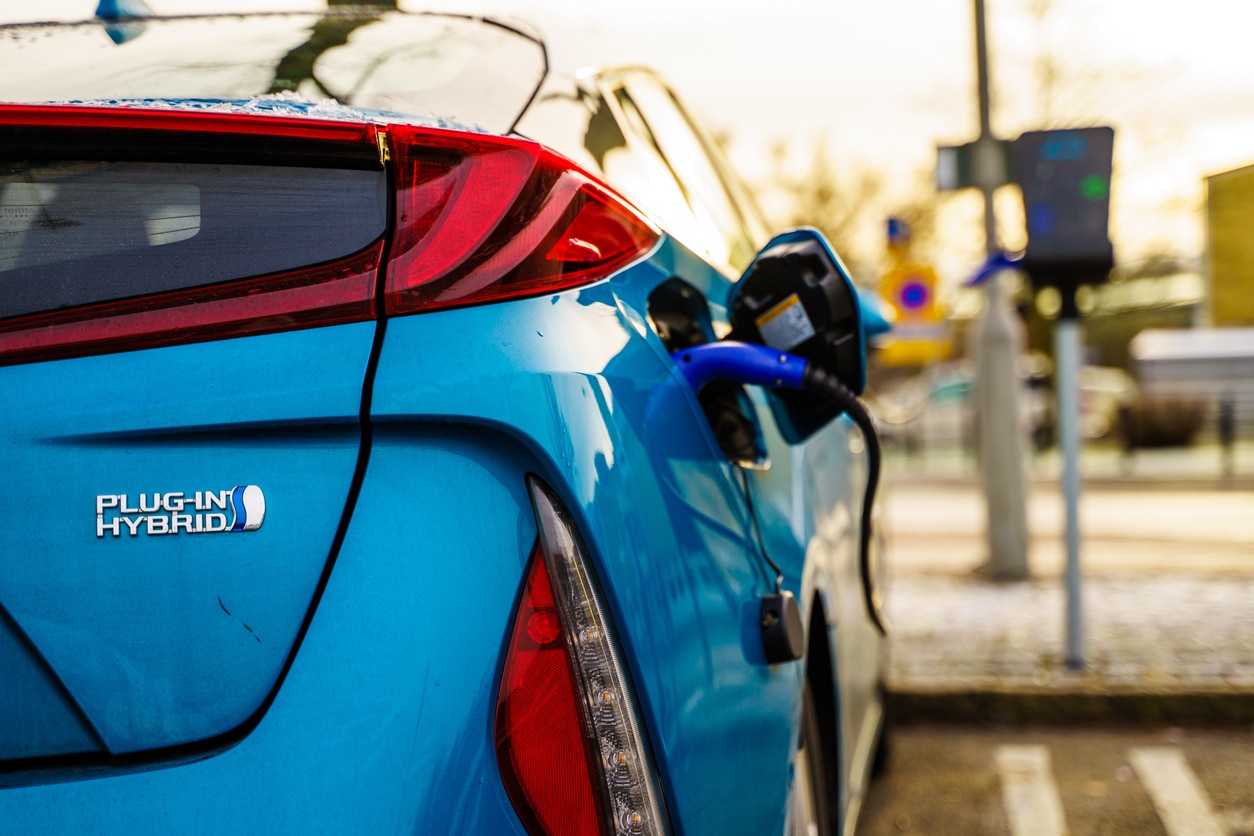
Eco-Friendly Packaging and Products Need to Go Hand to Hand in the Skincare Industry
Skincare empties are usually something to be proud of. Utilizing every single drop of the product means none of it went to waste. On the other hand, you’re now left with empty packaging that will likely end up in a landfill. Eco-friendly packaging is still not as widely available as it should be, but it has to go hand in hand with sustainable skincare products to promote going green.
Diving Into Eco-Friendly Packaging
The skincare industry has big problems when it comes to product packaging. Plastic can take around 20 to 500 years to decompose. The material also just gets smaller as time goes by rather than deteriorating.
The sector has made strides in swapping chemical ingredients for organic and eco-friendly alternatives. However, component creation is still a work in progress for most brands. Adopting eco-friendly packaging can reduce waste and prevent using up precious land.
Some brands may argue switching to sustainable packaging is impractical. However, the 2023 Buying Green Report finds 82% of survey respondents are willing to pay more for it. There’s a market for it in skincare — all that’s left are manufacturers who are willing to supply the demand.
Achieving Eco-Conscious Product Packaging in Skincare
Some businesses may consider putting green symbols on their skincare packaging and calling it a day, but this action amounts to greenwashing. To actually create eco-friendly solutions, changes in production and packaging are necessary.
1. Use Less Plastic
Plastic is the main culprit behind non-sustainable packaging. Explore alternative options to cover up a skincare product, whether it’s in the component itself or the packaging method. E-commerce brands should provide green shipping options to reduce carbon emissions.
Here are some green alternatives to keep in mind:
- Glass: Glass bottles and jars can offer a luxurious feel to eco-friendly skincare products. Plus, they’re entirely recyclable and reusable for consumers.
- Metal: Metal packaging can be a secure material for various skincare formulas. For example, an eco-friendly sunscreen spray can be ideal.
- Paperboard: Paper packaging is quite versatile, as it can become jars, tubes, boxes and so much more. Plus, once emptied, the items are biodegradable and recyclable.
2. Focus on Bigger Packaging
Some enterprises like to make smaller packaging for their products, whether for travel-sized kits or free samples. However, the waste single-use items create is often unnecessary.
Creating smaller components means needing multiple containers for the amount of product available. This factor can use up extra energy and generate more emissions in the long run. Look for larger packaging materials to minimize unit production costs.
Consumers will also enjoy this upgrade. For example, exfoliating weekly is recommended to brighten dull and dry skin. Rather than letting the customer buy multiple single-serves per week, offer enough product and packaging for a month or two.
Brands can also consider creating refillable containers. Let consumers buy the contents and transfer them into the original packaging instead of getting a new one. This solution can conserve resources and promote reusing components.
3. Take Advantage of Digital Labels
Printing labels is another part of unsustainable packaging that can increase energy use. In this day and age, though, the digital space can provide plenty of avenues for brands to share information about their product.
Take advantage of digitization by creating a website and QR code. You can share as much information as you want in that space. Print the minimal and mandatory information on the skincare packaging.
For example, an aloe vera-based cleanser is great for combatting skin aging with little to no environmental impact. However, instead of adding all that information on the packaging, simply highlight how aloe vera is the main element.
4. Avoid Unnecessary Plastic Bags
Plastic to-go bags may seem convenient for in-store purchases, but these typically end up in landfills. Consider forgoing the bag or promoting eco-friendly bags. Consumers can utilize reusable bags better since they can bring them everywhere for various purposes. Plus, it’s a sustainable marketing material for a green brand.
5. Create a Circular Economy
The typical life cycle of a skincare product usually ends after customer use since the empty packaging becomes waste. Instead, organizations can focus on promoting a circular economy. In essence, this concept aims to keep items in circulation for as long as possible. What’s left from an empty skincare packaging can be reused and recycled into other products.
Make Skincare More Environmentally Friendly
Skincare is an important tool for self-care and skin health, but its production doesn’t have to lead to waste and emissions. Adopt eco-friendly product packaging to achieve a lower carbon footprint while keeping faces and bodies glowing.



Post a comment